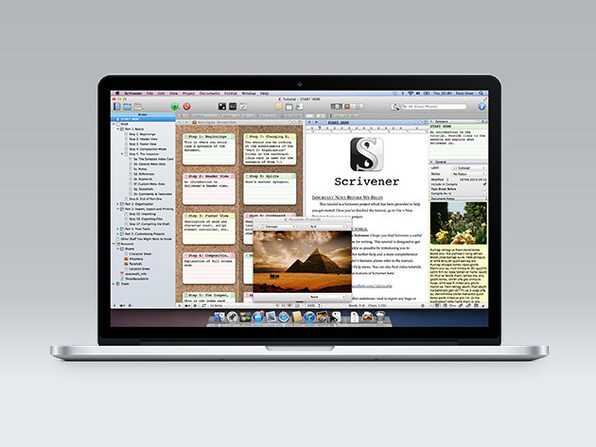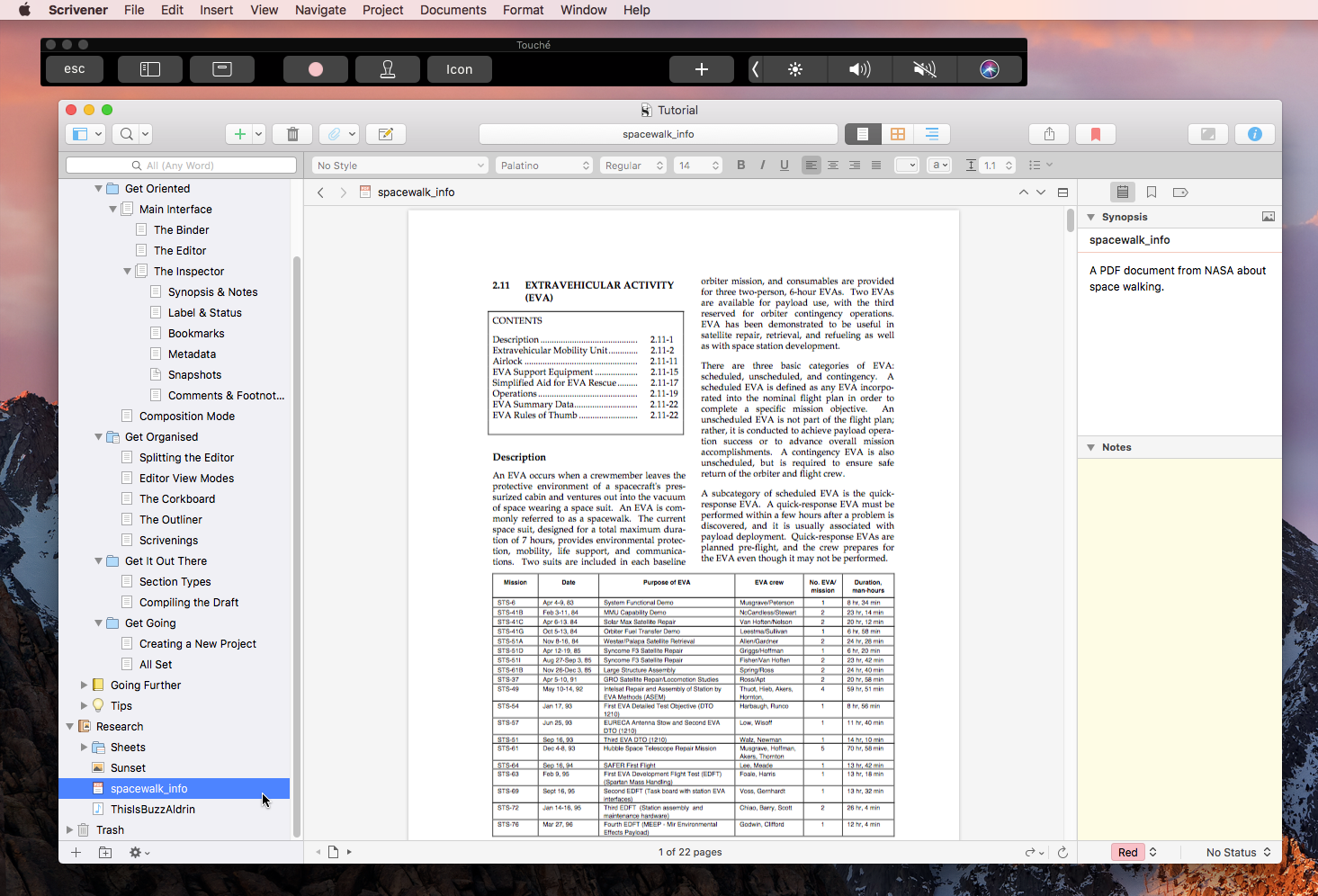


If your young learners tried to use the third conditional and it didn’t come out quite right, but it’s not something you intend on teaching them yet (or is quite simply above their understanding for the time being), then you may choose not to do anything about it. A simple way of deciding is by asking ourselves whether the mistake was related to something above our students’ level. Do we correct? As we’ve just mentioned, we need to know if we step in or not.The reason we are interested in the type of mistake that has been made is because this tells us whether we should intervene or not. Kind of error – these can be grammatical, lexical, related to pronunciation, word stress, sentence stress, intonation etc.To this end, Scrivener indicates a set of questions that can point us in the right direction: When we pick up on an error being made by one of our students, we need to decide how we want to act. In this article we will mostly address correcting errors. On the other hand, slips are… just that, minor mistakes made due to inattentiveness, tiredness etc. An error is a mistake made because of insufficient knowledge of the rules governing the target language.

But how can we ensure error correction can be efficient? How can we use it so that it helps, rather than hinders, the learning process? Errors and Mistakesįirst, let’s make a distinction between errors and slips. Our jobs, as teachers, is to help our learners expand this web, and part of this involves dealing with the mistakes we hear or read in the classroom. This can sometimes disrupt pre-existing connections and links, meaning it may take some time until new items are fully integrated in this complex web. We tend to view mistakes negatively, but these may just be an indicator that learning is taking place, that our students are trying to make room for a new piece of information in their personal repository of language. But unlike these two, hearing mistakes in the classroom may actually be a good sign. Errors in the classroom are as natural and as unavoidable as death and taxes. No matter how clear we make our explanations, no matter how many examples we offer, and no matter how much practice we have them do, it still happens. Now we all know that our students make mistakes. This is the twist that we, as English language teachers, add to the old saying (Alexander Pope will just have to forgive us for taking artistic licence with his work). “To err is human… but to correct is teacherly”.


 0 kommentar(er)
0 kommentar(er)
